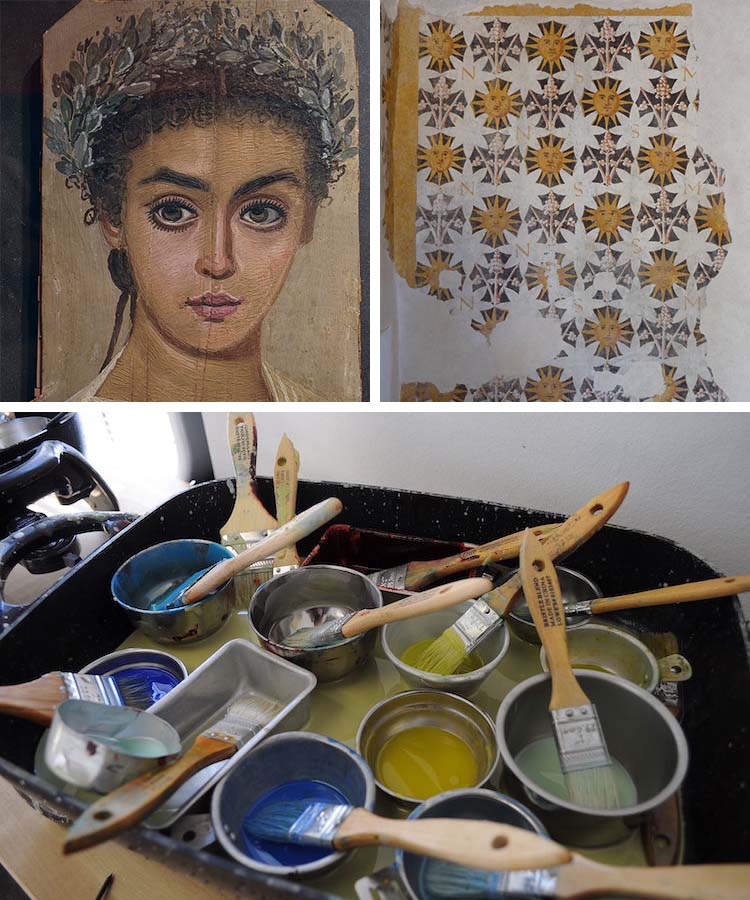
This post may contain affiliate links. If you make a purchase, My Modern Met may earn an affiliate commission. Please read our disclosure for more info.
As art has evolved, creatives have developed different types of paintings, each with its own unique attributes. Some of these—like oil and acrylic—are pervasive, while others are less-talked about. One such technique is encaustic painting, which involves shaping a hot resin-and-beeswax-based medium that, when cooled, features a luminous quality.
The age-old technique originated in Ancient Greece and continued to be popular throughout the Roman Empire and Byzantine era. It also allows the artist to incorporate other materials in the medium and create collage effects. Due to the flexible nature of this technique, it has been appropriated by modern and contemporary artists in new ways.
Scroll down to learn more about encaustic painting and the supplies you need to get started.
What is encaustic painting?
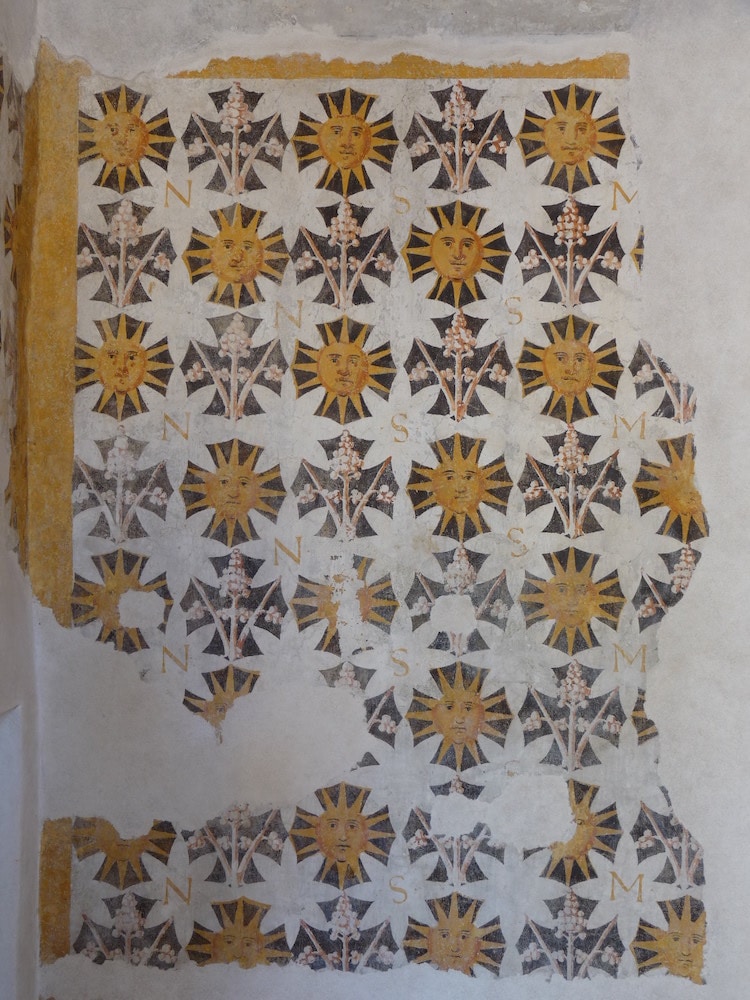
Encaustic decoration on the walls of Palazzo Roccabruna, Trento, Italy (Photo: Matteo Ianeselli via Wikimedia Commons, CC BY-SA 4.0 and GFDL)
Encaustic painting is a technique in which the artist applies a heated encaustic medium, normally with color, to a surface and shapes it in a certain way. The medium is usually made of beeswax and damar resin, which can be mixed with oil paint and ink to give it color. It must be applied hot, and then as it cools, the artist uses paintbrushes, knives, pens, and other tools to manipulate the medium in the desired way. The technique can also be used in conjunction with other materials, such as paper and gemstones, which are incorporated into the medium and encased in the layer.
History
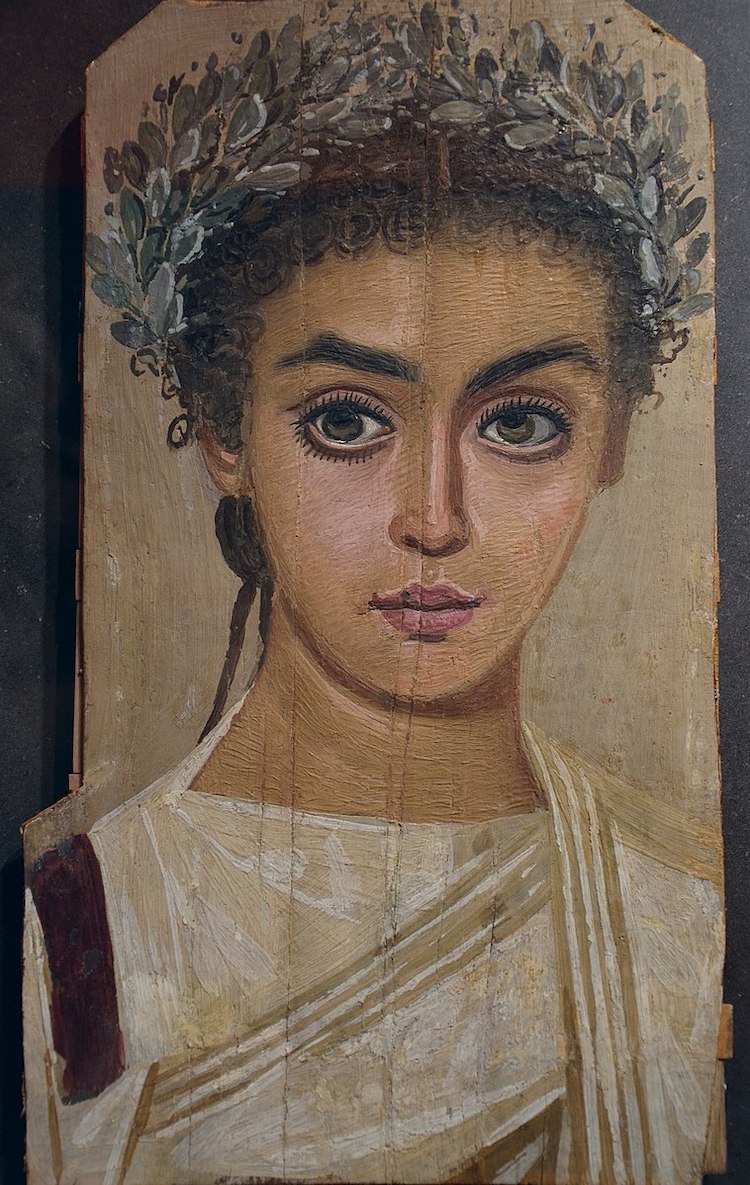
Encaustic painting of a girl on sycamore wood, Roman Egypt, 120-150 CE (Photo: Following Hadrian via Wikimedia Commons, CC BY-SA 2.0)
Encaustic is an ancient technique that originated in Greece, which used colored wax to decorate warships. Its name derives from an Ancient Greek word meaning “burning in.”
The earliest examples of encaustic art originate from Roman Egypt around 100 CE, and it remained popular throughout the late Roman empire and in Byzantine art, but it later fell out of fashion.
In the 20th century, famous artists incorporated encaustic techniques into their art again, including Jasper Johns in his work, Flag, and Bauhaus artists Paul Klee and Wassily Kandinsky. Today, contemporary artists continue to find innovative ways to create encaustic art—such as with electric irons and hotplates—and interesting effects that it can produce.
Material List for Encaustic Art
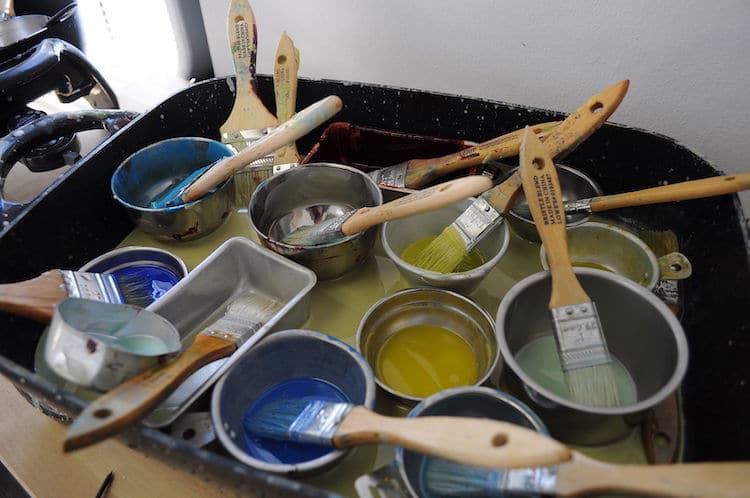
Materials for encaustic painting, artist Alicia Tormey’s studio (Photo: Joe Mabel via Wikimedia Commons, CC BY-SA 3.0)
To start creating your own encaustic painting, you will need a few essential materials. Some of these—like oil paint and brushes—you might already have around your home, while other ones may require some impromptu shopping. Fortunately, if you purchase high-quality supplies and take care of them, they will carry you through many future art projects. We’ve put together a list of what you need to get started.
Medium
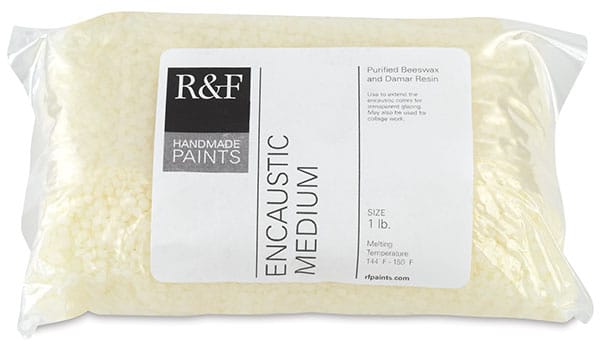
R&F | $24.40
The most important component of encaustic painting is the medium. Typically, this is made from beeswax and damar resin crystals. You can either purchase a plain version (and add color later) or a pre-colored version. Creative brand R&F makes a plain encaustic medium in the form of crystals, which makes it easier to heat it evenly.
Color
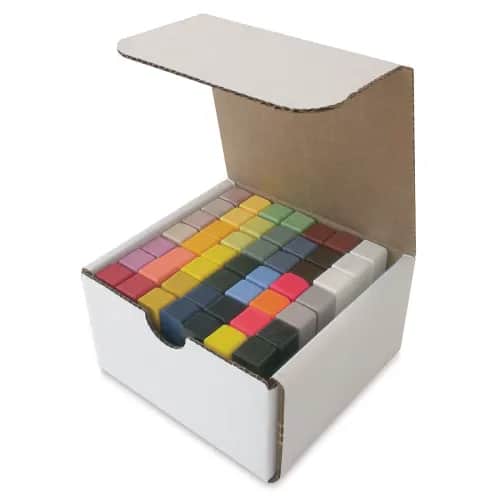
Enkaustikos | $129.99
If you want to add pigment to your plain medium, you can incorporate a portion of oil paint into it. However, if you want a pre-colored encaustic medium, the brand Enkaustikos makes a set of 49 colors; you will have numerous options to choose from.
Surface
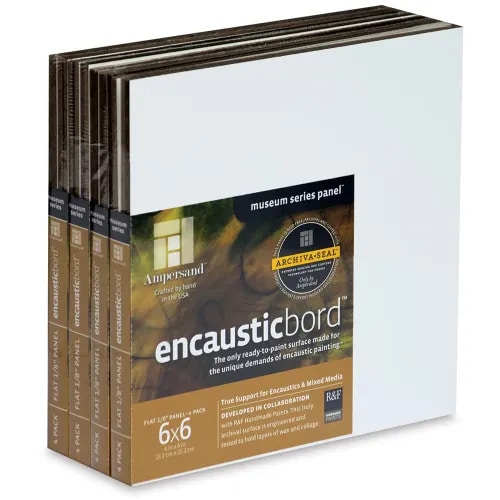
Ampersand | $10.08
When creating encaustic paintings you want a surface that can withstand the heat. This can include wood and some canvas. The brand Ampersand creates a unique ready-to-use surface that is made from wood panel and is durable to wax and other mediums.
Hot Plate

R&F | $164.76
Today, heating the encaustic medium can be done in many ways, including a hot iron and torch. One of the easiest methods, however, is with a hot plate. The encaustic hot plate by R&F is designed to keep your medium warm and ready to use.
Metal bowls
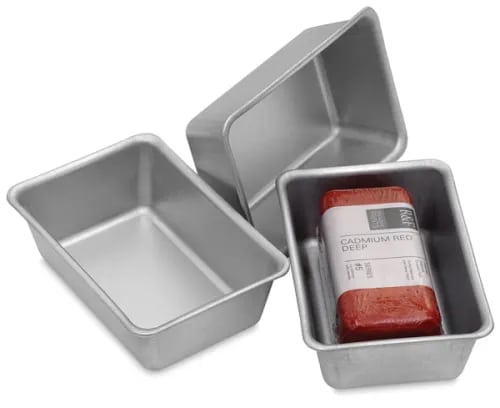
R&F | $14.36
If you want to heat your materials safely, then metal cups and bowls are ideal. R&F has a set of metal tins that are large enough to accommodate your mediums as they warm up.
Brushes

R&F | $7.15+
When handling the hot encaustic medium, you will want brushes made of natural hair (synthetic cannot handle the heat and will melt). Due to this, brushes intended for oil paint are best. Additionally, R&F made a set of goat hair brushes that are even more durable than your average paintbrushes and ideal for handling hot encaustic medium.
Related Articles:
What is Fresco Art? Exploring the Ancient Technique of Painting on Plaster
Fluid Art: How to Start Acrylic Pouring & Create Psychedelic Abstract Paintings
20 Famous Italian Renaissance Paintings That Left Their Mark on History
